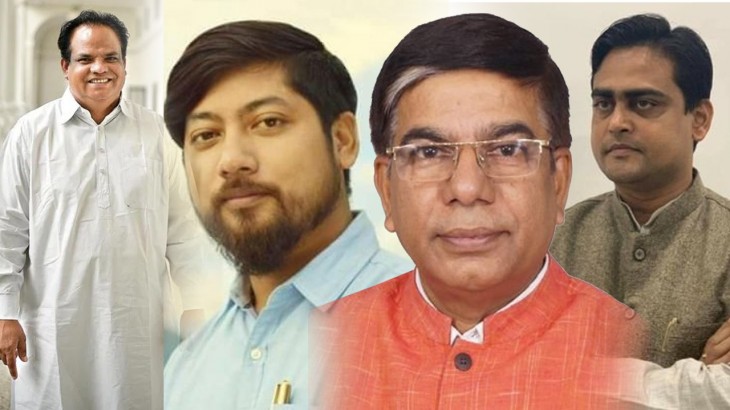In the 2019 general elections, the SC, ST, and other marginalized communities of West Bengal voted for BJP in large numbers and this resulted in the victory of the party on 18 seats. Most of the 18 MPs of the party belonged to these communities and now 4 of them have been made Union Ministers by Prime Minister Modi.
Santanu Thakur (39 years), John Barla (45 years), Nisith Pramanik (35 years), and Subhas Sarkar (67 years) are representatives of the SC and ST community of West Bengal. Pramanik and Barla joined BJP before the 2019 general election because they and their community were not getting appropriate representation in the Mamata Banerjee-led party.
The inclusion of Pramanik in the Union Home Ministry is probably to deal with West Bengal only because the Modi government wants a close eye on the political development in the state given atrocities on Hindus under the leadership of Mamata Banerjee.
“Modi ji always works with representatives from all communities. He has chosen the young faces from the state … all of them represent marginalised communities like Matua, Rajbanshi and tribal population. The decision will strengthen our organisation in the state,” said Dilip Ghosh, party president of the West Bengal Unit.
Prime Minister Modi knows very well that to win West Bengal in the next general election as well as the next assembly election, the support of the underrepresented SC, ST and OBC community is crucial. Especially in states like West Bengal, Tripura where the upper caste dominated the political landscape in the name of castless politics and these communities have been historically underrepresented, the Subaltern Hindutva politics has truly arrived.
In the last few decades, especially after the rise of Mandal politics, the left-liberal intellectual establishment is trying to prove just one thing – there is no subaltern Hindutva in India. The left-liberal intellectual establishment argues this hypothesis again and again because its whole existence revolves around the argument that the lower castes in India do not support Hindutva, ideology of BJP and RSS, and the party cannot come to power with the support of only upper castes.
In the West Bengal assembly election 2021, the huge support for BJP among the SC, ST, and OBC (Hindu) community has once again started the debate on subaltern Hindutva with many researchers arguing that the politics of the state in the last few years shows that subaltern Hindutva has truly arrived.
Read More: OBCs and UP Elections: The political message in PM Modi’s Cabinet expansion is clear
In the extreme Northern, Southern and Eastern parts of the state, the party did well in the 2019 general election as well as the 2021 assembly election. These are the regions primarily inhabited by SCs, STs and the OBC population of the state. In Kolkata, the hub of Bhadrlok (Brahmin, Baidya, and Kayastha), the party had not won a single seat during the 2019 general election and won only one seat in the 2021 assembly election.
BJP won 18 seats in West Bengal in the 2019 general election riding on votes of communities like Mahishyas, Tamus, Sahas, and Telis, Sadgops, and Namsudras who are classified among the OBC and SC categories. And the same communities supported BJP in the 2021 assembly election, too.
Prime Minister Modi has already started the preparation for the 2024 general elections with the inclusion of four leaders from the subaltern communities in the ministry.
